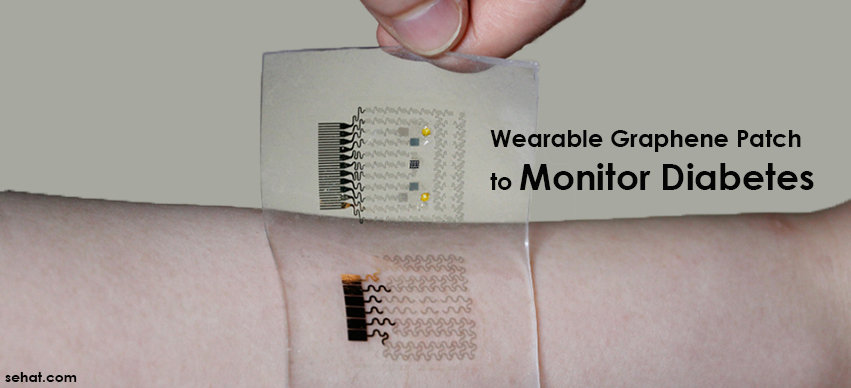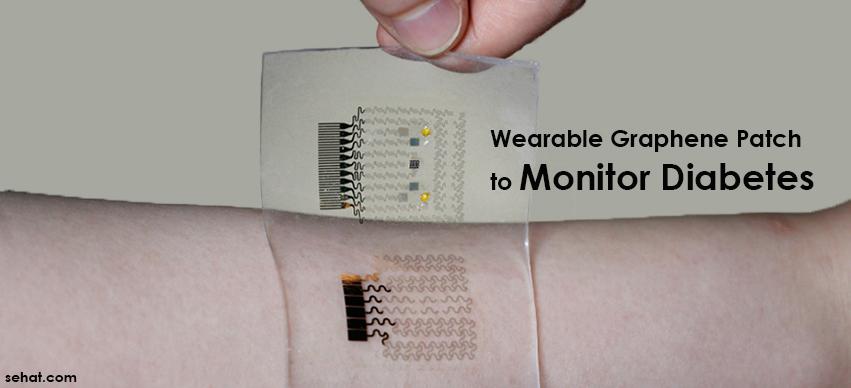What Comprehensive Oral Care Really Looks Like in Modern Den..
11 Min Read


A new Korean study suggests that a wearable patch that can track and regulate blood glucose levels could benefit diabetic patients some day.
The breakthrough invention aims to replace the traditional finger pricking method of tracking blood sugar glucose that is not only painful, but also very cumbersome, causing a hindrance in the patients’ willingness to follow their doctor’s directions.
The findings of this new invention were published in the journal Nature Nanotechnology on March 21. The study team was led by Dae-Hyeong Kim, at Seoul National University and was funded by the Institute for Basic Science in the Republic of Korea.
This new invention monitors blood sugar levels through sweat, and injects the diabetes drug metformin into the skin with microneedles.
The patch is made using graphene, a form of carbon that is thin, flexible, and conducts electricity. The (almost transparent) patch contains numerous sensors to detect humidity, sweat glucose levels, pH and temperature. It also has heat-sensitive microneedles.
When worn by a diabetic patient, the device captures sweat from the individual’s skin and the sensors in the patch capture the sweat's pH and temperature changes that indicate a high glucose level. On detecting a high level, the heat sensitive microneedles release the drug called metformin that helps regulate and lower high blood sugar levels. Simultaneously, blood sugar readings are transmitted to a mobile device to read and monitor.
The researchers have tested the glucose-sensing ability of the patch on both humans and animals and found the device’s ability to measure blood sugar levels to be accurate in both cases.
According to the researchers, the device could be used by either type 1 or type 2 diabetics.
The next steps for the device, according to the researchers, are to improve the long-term stability and accuracy of the blood glucose sensor. The co-authors of the study, Hyunjae Lee and Tae Kyu Choi predict that it would take another five years at least, to further upgrade the device, solve any remaining obstacles and commercialize it.
Richard Guy, a professor of pharmaceutical sciences at the University of Bath in the United Kingdom, in an editorial accompanying the new study in the journal said that some important questions still needed to be answered before the technology can be translated into practical use. His concerns are that it is unclear if the glucose-detecting sensors can work continuously for as long as 24 hours, or whether the device will be reliable if the wearer is sweating a lot and even whether the device is sensitive enough to hypoglycaemia.
Focusing on these concerns and improving their product, the researchers can significantly ease the lives of diabetic patients.
Advantages – Easy, painless, convenient to the patient. So patient adherence will be high.
Disadvantages – Since it is not available commercially, price is not known. If costly, many patients will not prefer to wear it. Another disadvantage is accuracy and sustainability. This wearable patch will not show accurate results after 24 hours.
Based on patch reading, we cannot adjust or monitor exact blood sugar. So it is not that good when it comes to treatment.
If you or a member of your family is suffering from diabetes, or even if you are at the risk of diabetes due to your family’s history of the disease, you can find the best endocrinologists in Bangalore to assist you with your condition.